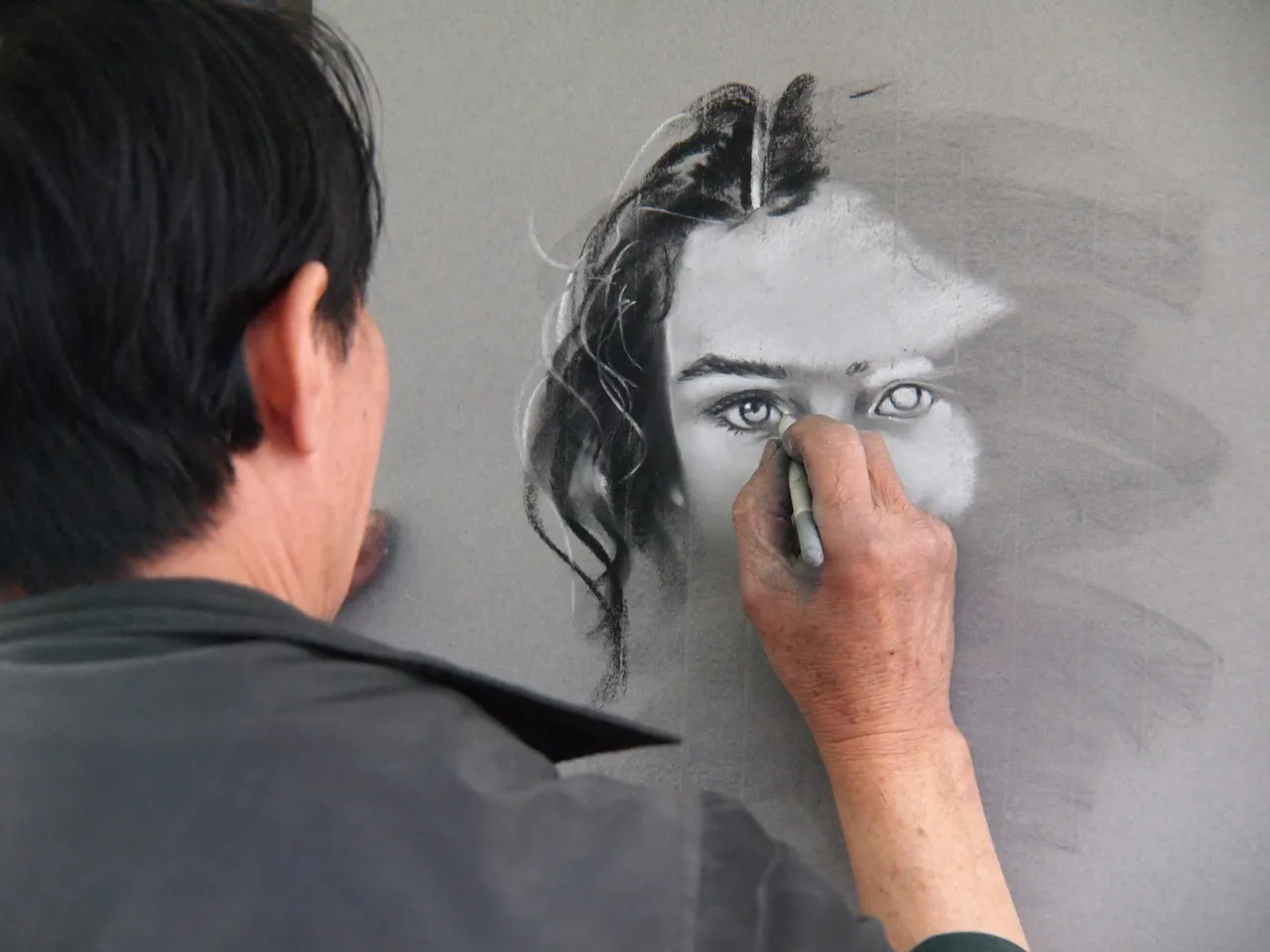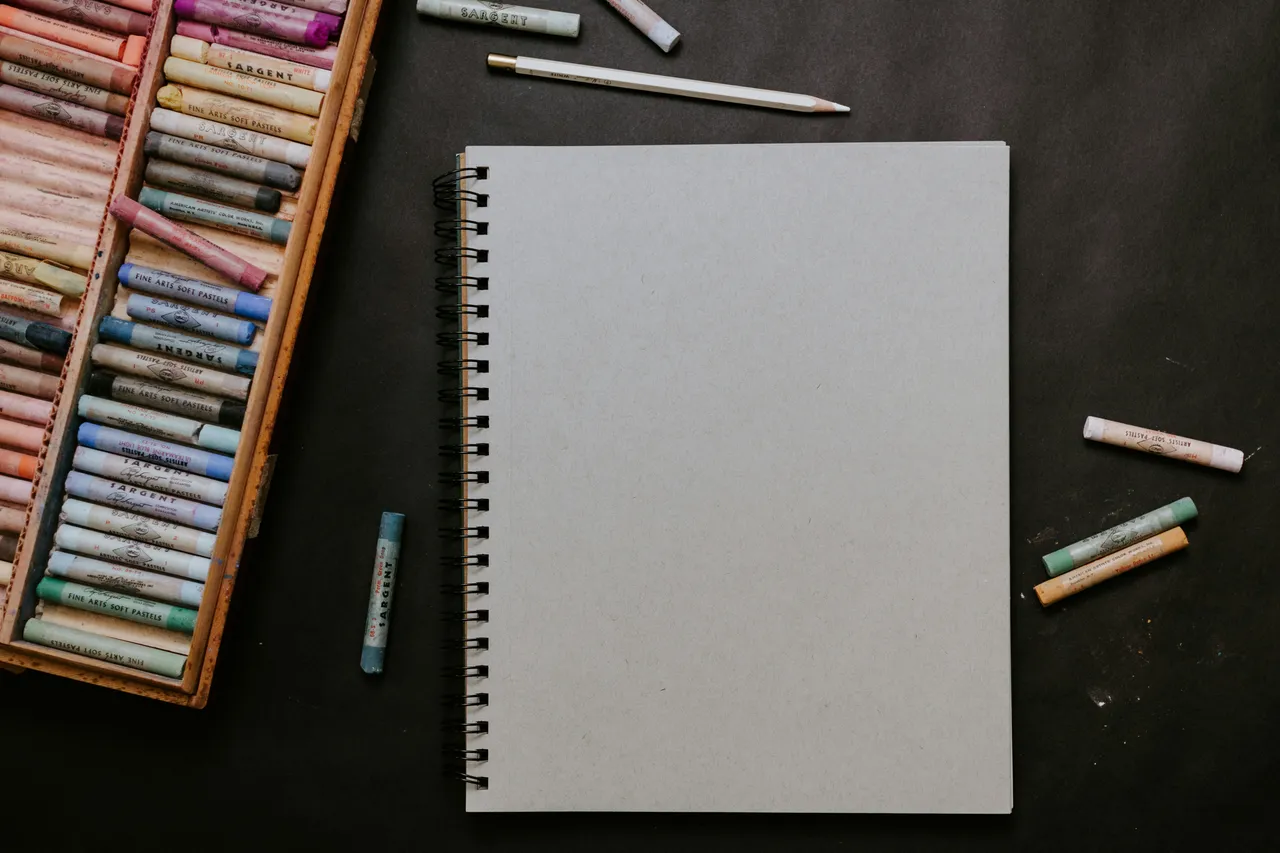
Image info
Exploring the East Meets West Approach in Modern Art
Art has always been a powerful medium for expressing cultural identity and bridging divides. The "East Meets West" approach in modern art refers to the blending of Eastern and Western artistic traditions, showcasing how these two worlds can merge to create innovative works that challenge traditional narratives and reflect a globalized society. How does this fusion manifest in contemporary art, and what does it reveal about our shared cultural landscape? This article will examine specific examples of cultural fusion, analyzing how contemporary artists blend techniques and themes to create impactful artworks.
Cultural Influence
The influence of Eastern and Western art has a rich history, with artists drawing inspiration from each other's traditions for centuries. Historical Influences: For example, Japanese woodblock prints significantly impacted Western Impressionist artists like Claude Monet, who adopted their unique perspectives on color and light in works such as "Woman with a Parasol." This cultural exchange occurs not only through direct artistic influence but also through globalization and collaboration among diverse artists.
Globalization of Artistic Practices: Notable artists such as Yayoi Kusama and Takashi Murakami from Japan have successfully integrated Western pop culture into their works while maintaining traditional Japanese aesthetics. For instance, Kusama's "Infinity Mirror Rooms" blend immersive experiences with her signature polka dots, inviting viewers to engage with the complexities of cultural identity. Additionally, the influence of Chinese brushwork can be seen in Western abstract art, where artists adopt fluid brush techniques to create dynamic compositions. The advent of digital platforms and artist residencies has further facilitated this exchange, allowing artists to collaborate and share ideas across borders.
Techniques and Styles
One of the most exciting aspects of the East Meets West approach is the blending of techniques and styles. Artists today are experimenting with materials and methods from both traditions, creating hybrid styles that resonate with diverse audiences. For instance, combining traditional Chinese ink techniques with Western oil painting methods results in visually striking works that challenge conventional boundaries.
A notable example is Zhang Xiaogang's "Bloodline" series, where he employs traditional Chinese portrait miniature techniques alongside Western painting styles, creating a dialogue about identity through visual juxtaposition. The use of color is another area where fusion occurs. Eastern art often emphasizes subtlety and harmony, while Western art may focus on bold contrasts. For example, traditional Chinese landscapes often utilize soft, muted colors to evoke tranquility, while Western landscapes may employ vibrant hues to convey drama. Artists who blend these approaches can create pieces that are not only aesthetically pleasing but also rich in meaning.
Contemporary Artists
Several contemporary artists exemplify the East Meets West approach, showcasing their unique perspectives and contributions to the art world. Zhang Xiaogang, known for his "Bloodline" series, reflects on Chinese identity and family heritage while incorporating Western portraiture techniques. His work serves as a reminder of the complexities of cultural identity in a globalized world.
Another notable artist, Ai Weiwei, blends Western conceptual art with Chinese cultural themes, addressing social and political issues through his thought-provoking installations. In works like "Sunflower Seeds," Ai employs traditional craftsmanship while commenting on mass production and individualism, demonstrating how cultural contexts shape artistic visions. Additionally, emerging artists like Do Ho Suh, who explores themes of home and identity through intricate installations, and Hito Steyerl, who critiques the digital age's impact on culture, represent varied cultural perspectives in the contemporary art landscape, further enriching the dialogue between East and West.
Exhibitions and Collaborations
Exhibitions that highlight the East Meets West approach are becoming more common, fostering dialogue and collaboration between artists from different cultural backgrounds. The Asia Society Museum in New York, for example, frequently features artists who embody this fusion, providing a platform for their work and encouraging cross-cultural conversations. Recent exhibitions, such as "The Art of Asia" and "Contemporary Asian Art," showcase the diverse practices of artists who blend these traditions, receiving positive feedback from both audiences and critics.
Collaborative projects between Eastern and Western artists are also on the rise, allowing for innovative practices and fresh perspectives. A notable example is the "Crossing Borders" exhibition, which featured works from artists across Asia and the West, highlighting the impact of cultural exchange on contemporary art. These collaborations often result in unique installations that reflect the artists' shared experiences and insights, prompting discussions about identity and belonging.
Conclusion
The East Meets West approach in modern art is a testament to the power of cultural fusion. By blending techniques, styles, and philosophies from both traditions, artists are creating innovative works that resonate with audiences worldwide. As artists continue to navigate this cross-cultural terrain, the evolution of their practices holds the potential to redefine not just art but the societal perception of identity itself. As we reflect on these ongoing exchanges, we must consider how they will shape future artistic endeavors and influence our understanding of cultural identity in an increasingly interconnected world.
This article was developed using available sources and analyses through an automated process. We strive to provide accurate information, but it might contain mistakes. If you have any feedback, we'll gladly take it into account! Learn more

